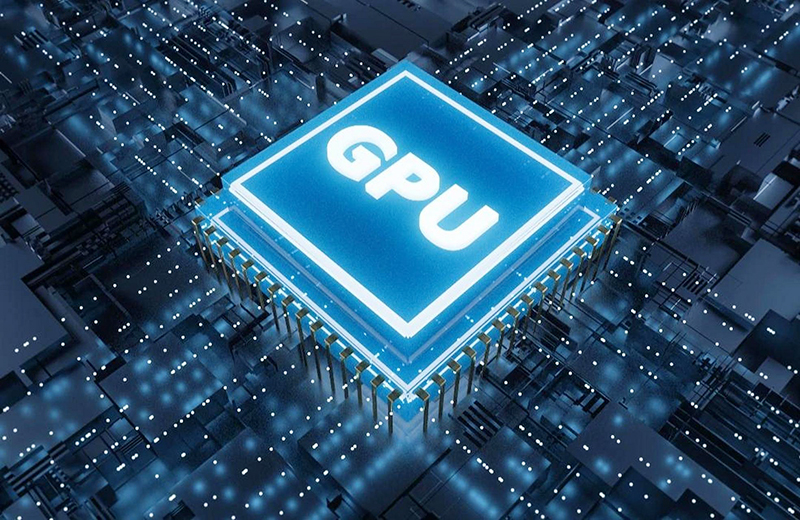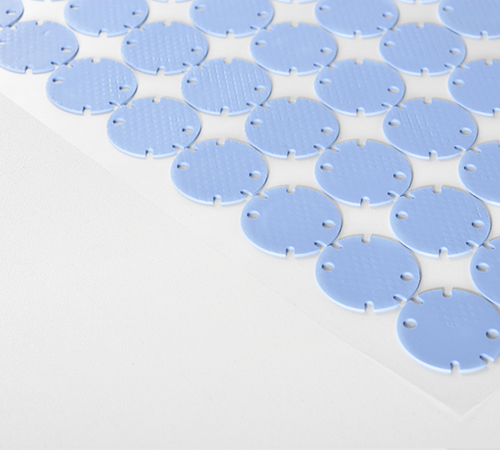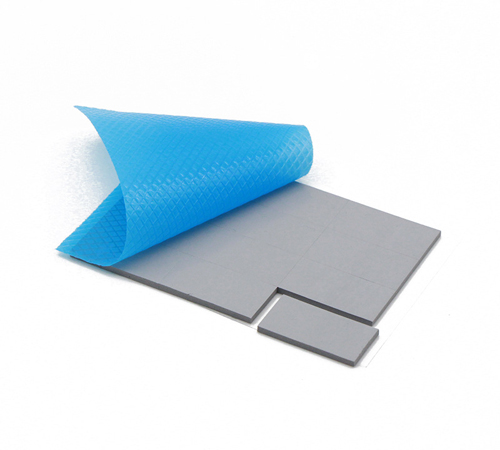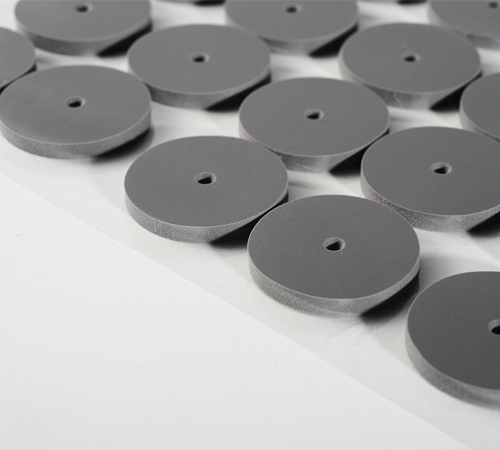
In the rapid development of modern technology, the graphics processing unit (GPU), a core component of computer hardware, has significantly impacted domains such as gaming experiences, professional graphic design, and artificial intelligence through its continually advancing performance. However, as GPU processing capabilities escalate, so does the heat generated during operation, which not only affects device stability but may also hinder further performance enhancement. Thus, efficient cooling solutions have become pivotal to ensuring stable GPU operation. Among numerous cooling technologies, thermal silicone pads, as an effective and adaptable heat management material, play an indispensable role in GPU cooling.
I. GPU Cooling Challenges and the Introduction of Thermal Silicone Pads
During high-speed computation, GPUs generate substantial heat. If this heat is not promptly dissipated, it can lead to performance degradation and even equipment failure. Traditional cooling methods like fan cooling and heat pipes, while somewhat effective in lowering GPU temperatures, are often inefficient and noisy. The advent of thermal silicone pads presents a new solution for GPU cooling.
Thermal silicone pads are high-performance thermal conductivity materials, boasting excellent heat transfer properties, suppleness, and compressibility. They adhere closely to the GPU surface, forming an efficient heat conduction layer that rapidly extracts generated heat, thereby lowering GPU temperatures. Compared to conventional cooling methods, thermal silicone pads offer higher cooling efficiency and lower noise levels, better suiting GPU cooling demands.
II. Advantages of Thermal Silicone Pads in GPU Applications
- Efficient Heat Transfer: These pads excel in transferring heat from the GPU to the cooler swiftly, enhancing stability and prolonging GPU lifespan.
- Close Conformity: Their softness and compressibility allow for tight adherence to the GPU, minimizing thermal resistance and boosting heat transfer efficiency.
- Broad Compatibility: They work seamlessly with various coolers and heat sinks, adhering well to different GPU surface materials like metals or plastics.
- Ease of Installation and Maintenance: Installation is straightforward and tool-free, with long service life and stable performance requiring infrequent maintenance.
III. Real-world Applications of Thermal Silicone Pads in GPU Cooling
Thermal silicone pads are now widely used in various GPU cooling solutions. In high-end gaming graphics cards, they play a vital part in complex cooling systems featuring multiple fans and heat pipes. By rapidly conducting heat away, they ensure smooth gameplay. In specialized applications like servers and data centers, where GPUs operate under continuous heavy loads, thermal silicone pads excel due to their outstanding performance, maintaining server stability by effectively dissipating heat.
IV. Challenges and Solutions in Thermal Silicone Pad Application
Despite their advantages, challenges arise, including ensuring a tight seal between the pad and GPU surface, selecting the right pad model based on GPU performance, and avoiding damage during installation. Solutions involve precise measurement and matching, using specialized tools and processes, and implementing regular maintenance schedules.
V. Future Trends and Challenges
As GPU technology advances, requirements for cooling materials will intensify. Future thermal silicone pads are anticipated to evolve towards higher thermal conductivity, improved environmental adaptability, and greater eco-friendliness. The integration of novel materials like graphene may further revolutionize GPU cooling technology, paving the way for more efficient and quieter solutions.
In conclusion, thermal silicone pads in GPU cooling not only address the heat dissipation challenges of high-performance computing but also provide a solid technical foundation for users and professionals seeking peak performance. With ongoing technological advancements, thermal silicone pads are poised to maintain a crucial role in future GPU cooling developments, propelling every leap forward in technology.

 CN >
CN >



